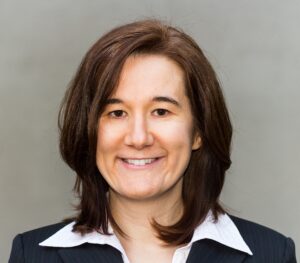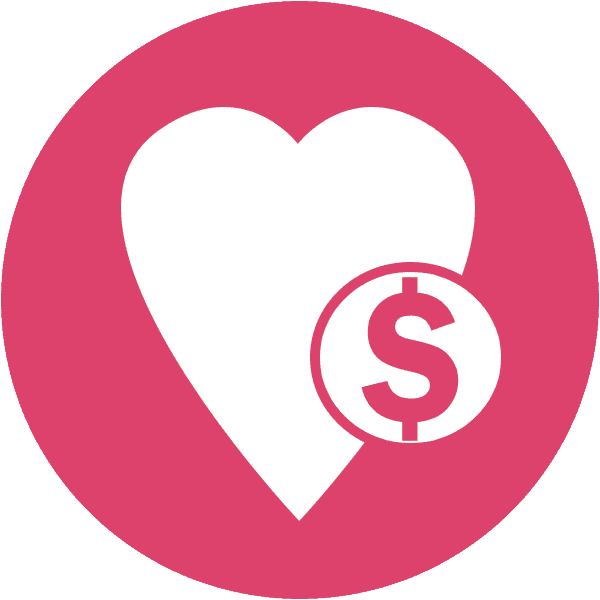Accelerating Advancements in Deep Brain Stimulation

This article was published in the Dystonia Dialogue.
Svjetlana Miocinovic, MD, PhD is Assistant Professor in the Department of Neurology, Movement Disorders Section, at Emory University School of Medicine. Her research focus is on the electrophysiology of human motor circuits and the development of device-based therapies. Her clinical focus is using deep brain stimulation (DBS) to treat movement disorders.
As an expert in DBS for dystonia and other movement disorders, she recently shared her insights into advancements happening in DBS and the future of this ever-evolving therapy.
DD: How did you get interested in movement disorders and DBS?
SM: I was always interested in neuroscience, so neurology was an obvious choice. In addition to being a practicing physician, I wanted to do research to help unravel mysteries of the brain, so I entered a joint MD/PhD program. Working on engineering research projects during my PhD introduced me to deep brain stimulation. During neurology residency, I learned about the clinical aspects of movement disorders. They continued to capture my interest and I enjoyed interacting with patients dealing with these conditions, so I decided to become a movement disorders specialist with additional focus on DBS.
DD: How did Covid affect the DBS program in your clinic and your approach to caring for patients?
SM: When the Covid pandemic forced us to shut down our clinic, I was very worried what would happen with our DBS patients and how we would be able to continue caring for them. I immediately reached out to neurologists and neurosurgeons at my institution and several other large DBS centers, and together we devised recommendations for DBS device management during a pandemic which we published early on to help other clinicians struggling with the same issues. This process helped me deal with my own personal and professional stress brought on by the pandemic, but also made me realize that we have the knowledge and tools to provide necessary care even in difficult times.
DD: How do you explain to your patients how we believe DBS reduces dystonia symptoms?
SM: In movement disorders including dystonia, the motor symptoms seem to be caused by increased synchronization between brain areas. Normally, brain regions work independently to perform specific movements or process sensory information, but in dystonia they are excessively synchronized, or ‘coupled’. For example, moving the hand can cause involuntary movement in the whole arm. DBS provides a steady pacing signal to the central motor brain regions, which reduces this abnormal coupling and allows independent function in the connected areas.
DD: What are some of the advancements happening in DBS?
SM: There have been several exciting new developments in DBS in recent years. We now have rechargeable batteries that last 15 years. This is especially important for people with dystonia who may require implants at a young age, and this avoids numerous battery changes. Another development is segmented (or directional) electrodes which provide more flexibility to shape the electric field. Traditional electrodes are ring shaped so the electric field spreads equally in all directions, but with segmented electrodes we can steer stimulation toward the target areas and away from regions causing unwanted side effects. The latest commercially available development are ‘sensing’ stimulators that can record brain function in addition to providing stimulation. This will hopefully soon lead to new adaptive stimulators.
DD: What are you personally most excited about in terms of the future of DBS?
SM: I am excited about the development of adaptive DBS which are ‘smart’ stimulators that, in addition to providing stimulation, can record brain activity and self-adjust to provide optimal benefit. This may mean increasing stimulation when symptoms are present and reducing stimulation when they are not as pronounced, for example during sleep. Research is ongoing to understand how brain activity relates to dystonic symptoms and which signals are going to be the most useful to serve as feedback to the DBS device. This approach should reduce time needed to find optimal stimulation settings, reduce side effects, and prolong battery life. I am also interested in personalizing DBS for people with dystonia. We can do this by understanding how different types of dystonia—based on both clinical symptoms and genetic features—respond to DBS and which brain targets and stimulation settings are the most effective for an individual, or if other non-DBS treatment options may be better.
DD: If a person with dystonia is discussing the possibility of DBS with their medical team, what is an important question for them to be sure to ask their neurologist and/or neurosurgeon?
SM: Different types of dystonia can respond differently to DBS so it is important to understand the expected outcome for their specific condition in terms of both the therapeutic benefit and potential side effects. There are also different brain targets to treat dystonia and different surgical approaches (e.g. having parts of the procedure done while awake or asleep) so it is important to understand the available options.
DD: What has the support of DMRF meant over the course of your career so far?
SM: DMRF support came at a critical point in my career, and I am so grateful for the support then and ongoing support now. When I completed my clinical training, I knew I wanted to get back into research and pursue a combined career as a physician-scientist, but it had been several years since I spent time in the lab. DMRF funding allowed me to spend two years as a postdoctoral research fellow during which time I learned about clinical DBS research, built expertise in management of dystonia, and secured funding to start my own laboratory.
The Dystonia Medical Research Foundation is a 501(c)(3) non-profit organization dedicated to advancing research for improved dystonia treatments and ultimately a cure, promoting awareness, and supporting the well-being of affected individuals and families.



